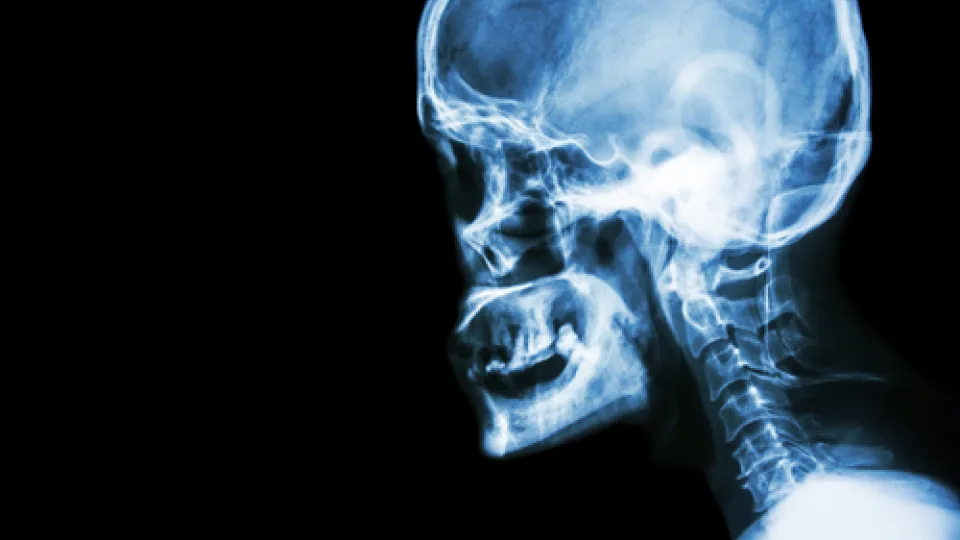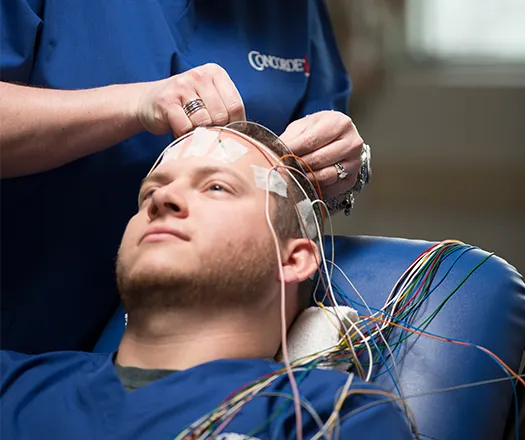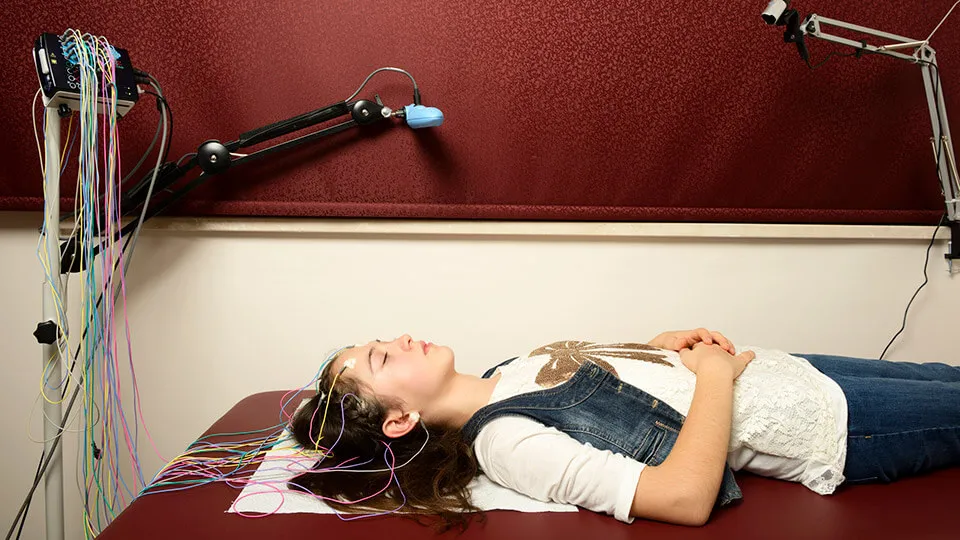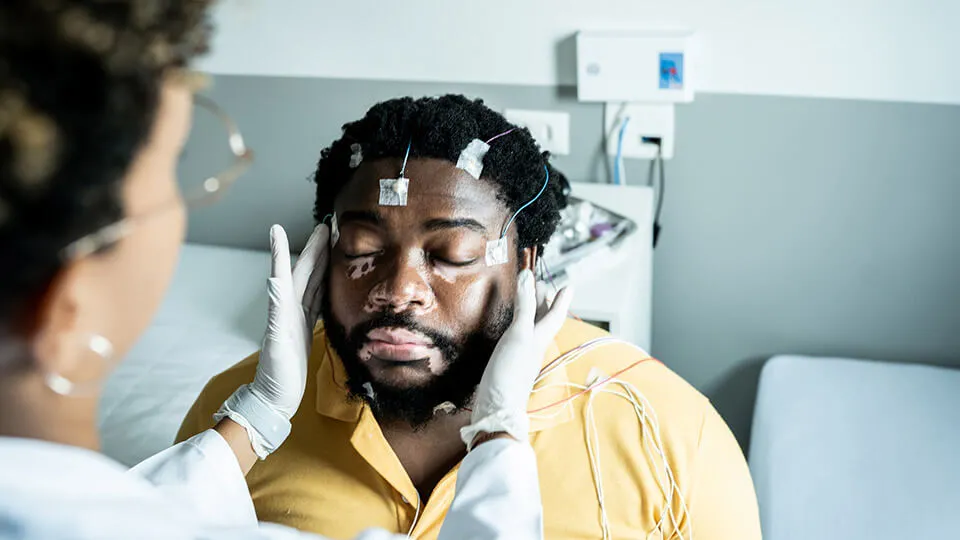
There are many similarities between Polysomnographic Technology (PSG) and Neurodiagnostic Technology (NDT), starting with the fact they're both a mouthful to say. Both health care fields deal with the brain, brain waves, and brain stimulus.
The differences between PSG and NDT is like night and day ... literally.
Contrasting work schedules
What Does a Polysomnographic Technologist Do
"PSG techs mostly work a night shift and watch the patient while they sleep, looking for breathing changes, some of which can be caused by the brain," said Marc Williams, BVE,FASET,R.EEG/EPT,CLTM, Director of Concorde's Neurodiagnostic Technology Program in Grand Prairie, TX. "NDT techs mostly work days and record EEGs (as their basic procedures) and looks for brain abnormalities, and with some luck, changes during sleep in the sleep portion of the recording."
As Williams is quick to point out, there are some common portions of each field that are similar. They include the basic learning of the nervous system and how it works. PSG adds learning about the respiratory system as its primary system, while NDT focuses on the nervous system as its primary system.
Placing the electrodes

What Does a Neurodiagnostic Technologist Do
Both Polysomnographic Technology and Neurodiagnostic Technology involves applying electrodes on the patient's body. PSG has more around the face, according to Williams, while NDT has the majority on the head for routine studies, and if they are monitoring a surgical procedure, then they apply electrodes to the extremities as well. Monitoring specific areas and activity within their specialties each requires the ability to react to certain clinical conditions if the patients experience them. PSG will respond to respiratory events, and NDT responds to situations like seizures.
Is Polysomnographic Technology more difficult?
How To Become a Polysomnographic Technologist
It has been said by some sleep lab directors that it is easier to teach an EEG tech sleep and its techniques then it is to teach a sleep tech EEG with all the different waves on the EEG. It is not documented, but Williams believes more PSG techs want to switch to NDT for a couple of reasons.
"One is working a day shift," Williams said. "The second is the opportunity to branch out within the NDT side into other procedures such as intra-operative neuromonitoring, certified long-term monitoring, nerve conduction studies, and evoked potentials."
"At times, an NDT tech will change over to PSG because of family issues or based on their work schedule of longer hours for shorter weeks. There is a lack of overtime and on-call for sleep techs, while NDT can often have on-call and they usually work a five-day work week."
So, what is the difference between PSG and NDT? The list keeps growing and makes for good conversation at annual conferences, joint meetings and in Concorde classrooms where both fields are taught.
Interested In How To Become a Polysomnographic Technologist?
Click here to explore Polysomnographic Technology Programs near you!
Take The Next Step Towards a Brighter Future
Interested in learning more about our Polysomnographic Technology program?
We have a Concorde representative ready to talk about what matters most to you. Get answers about start dates, curriculum, financial aid, scholarships and more!








